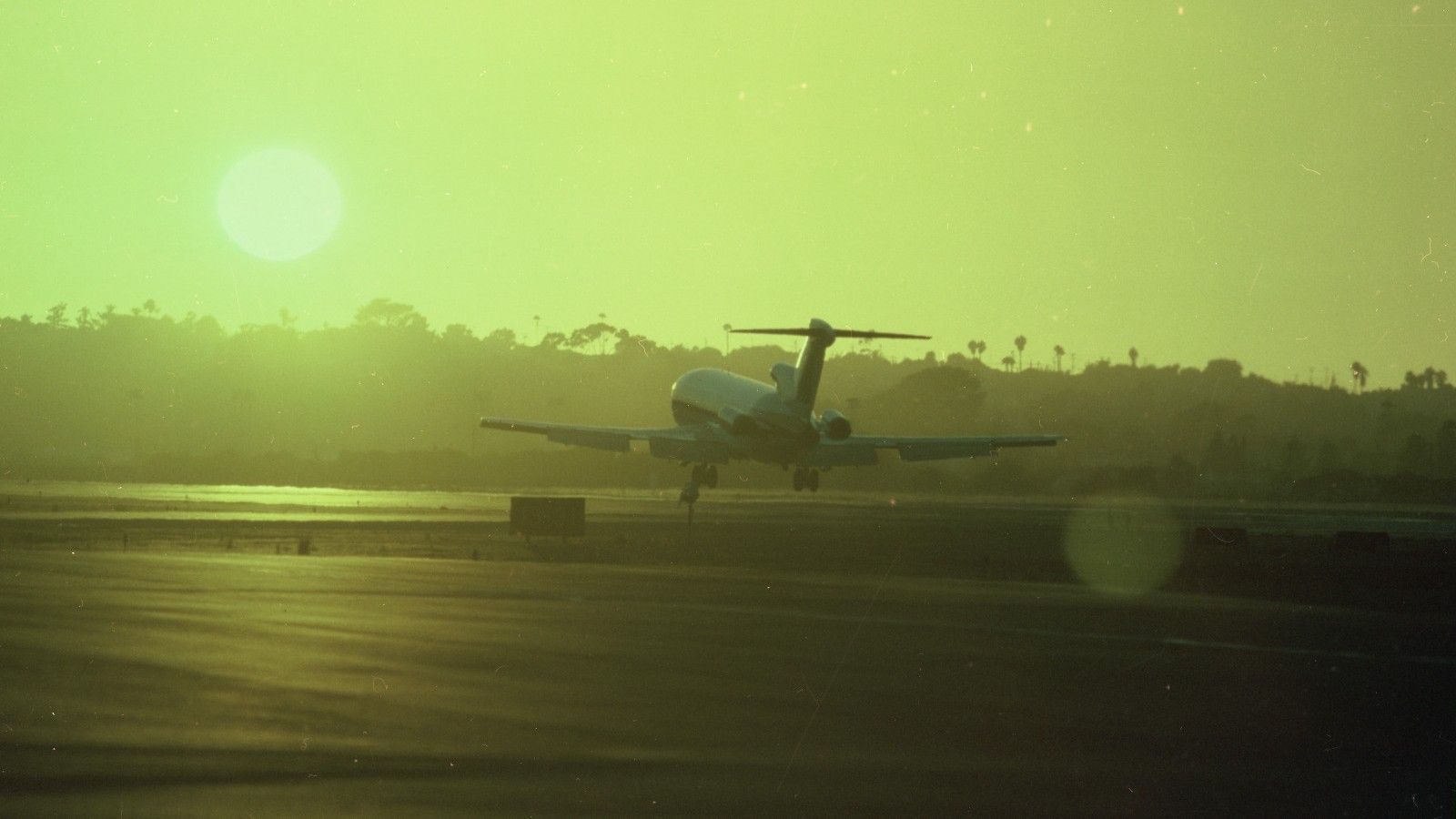The Boeing 727, a significant aircraft in the history of commercial aviation, completed its final commercial flight in the United States on April 6, 2003. Operated by Delta Air Lines, the flight departed from Greensboro Piedmont Triad International Airport (GSO) and landed at Hartsfield-Jackson Atlanta International Airport (ATL). This trijet, known for its reliability and performance, has left an indelible mark on the aviation industry since its introduction.
The Rise of the Boeing 727
The Boeing 727 first entered commercial service in February 1964 with Eastern Air Lines, emerging as a response to the airline industry’s demand for a short-haul, narrowbody jet. Priced at approximately $4.25 million at the time, it was designed to operate effectively from smaller airports, offering an alternative to the larger four-engine Boeing 707.
Over the decades, the 727 gained immense popularity, particularly in the United States, where it served numerous airlines. United Airlines became the largest operator, with a total of 230 aircraft in its fleet, including both the 727-100 and 727-200 variants. The trijet’s design allowed for enhanced fuel efficiency, as the positioning of its three engines improved the aircraft’s center of gravity. This capability made the 727 a fitting choice for airlines operating in challenging environments, such as the high-altitude airports found in South America.
Specifications of the Boeing 727 include a maximum take-off weight of 184,200 lbs, a range of 1,950 miles, and a passenger capacity of 131, divided into business and economy classes. More than 1,800 units were constructed before production ceased in 1984.
Delta Air Lines and the Legacy of the 727
Delta Air Lines received its first Boeing 727 in 1972, ultimately operating 191 units throughout its service. This included eight 727-100s and 183 of the more popular 727-200 variant. The aircraft played a crucial role in Delta’s expansion, with President and Chief Operating Officer Frederick W. Reid acknowledging its significance: “The Boeing 727 served as an elegant and durable workhorse of Delta’s fleet for more than 30 years. It was a vital part of our company’s growth.”
Despite its strengths, the operational costs of the Boeing 727 began to rise, particularly due to fuel efficiency challenges compared to newer twin-engine aircraft. The need for a flight engineer on board further increased operating costs, prompting Delta and other airlines to phase out the trijet in favor of more modern alternatives like the Boeing 737-800 and 757-200.
The last 727 flight in the U.S. marked the end of an era for the aircraft, but its legacy continues. Delta’s substantial fleet of the Boeing 737-800 and 757-200—comprising 77 and 88 aircraft, respectively—illustrates the transition to more efficient models while honoring the past.
Throughout its operational history, the Boeing 727 faced challenges, including safety concerns. The aircraft was involved in a total of 353 incidents, with 120 hull losses leading to over 4,000 fatalities. High-profile crashes in its early years, such as United Airlines Flight 389 and Eastern Air Lines Flight 66, impacted its reputation.
Nonetheless, the Boeing 727 remains a symbol of the transformation in commercial aviation during the jet age. It represented innovation that catered to the evolving needs of airlines and passengers alike. The final passenger flight of the Boeing 727 occurred on January 13, 2019, when Iran Aseman Airlines operated a service from Zahedan Airport to Tehran Imam Khomeini International Airport.
The Boeing 727’s contribution to aviation history cannot be understated. It exemplified a time when air travel opened up new possibilities, paving the way for the modern aircraft we rely on today. As one of the best-selling commercial aircraft of the 20th century, its influence is felt in every flight that takes to the skies.
